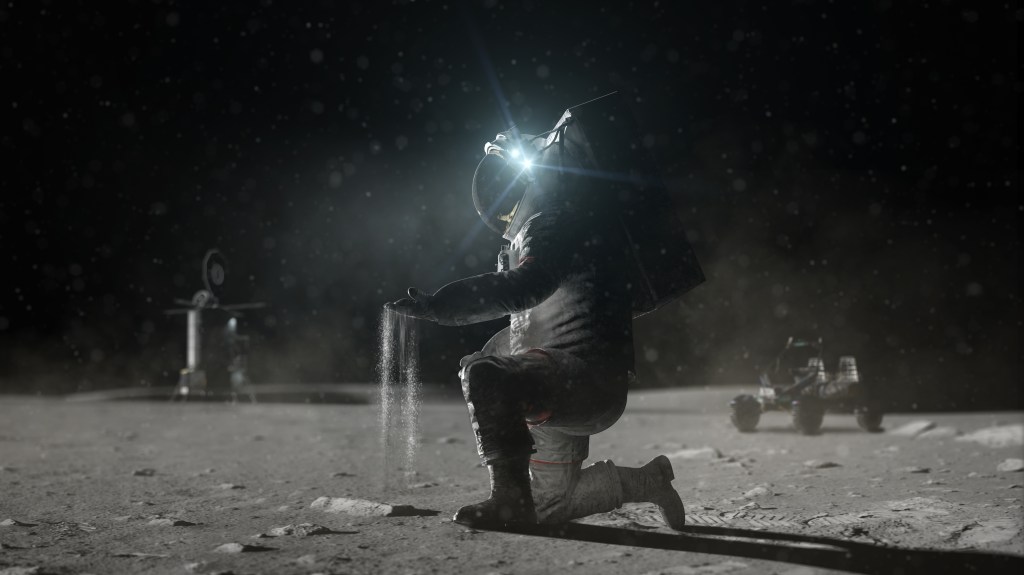The James Webb Space Telescope is of one the most ambitious and technically complex missions NASA has ever set its focus upon. Building an infrared observatory of this magnitude, power and complexity has never been attempted before. In order to ensure seamless operation in space, the cutting-edge technology incorporated into Webb must be rigorously tested prior to launch.
Credits: NASA Goddard Space Flight Center
The entire design of the Webb telescope took years to develop and was specifically engineered to see more of the cosmos than ever before. It required hundreds of scientists, engineers, optics experts and many others to pool their knowledge in a way that had never been done. Relying on the teamwork of three prominent space agencies: NASA, the European Space Agency, and the Canadian Space Agency, Webb has come to include over 1,200 people worldwide to bring the world’s newest and most powerful space telescope to life.
“When we first thought of Webb, it wasn’t technically feasible. We had to succeed at inventing some things before we could build it—not unlike the Apollo Program in this regard,” said Paul Geithner, Deputy Project Manager – Technical at NASA’s Goddard Space Flight Center in Greenbelt, Maryland.
Before construction of the telescope could even begin, scientists and engineers set out on the task of creating ten new technological innovations the world had never seen. Known as “enabling technologies,” these advancements have been incorporated into Webb and will pave the way for it to become the most capable scientific observatory ever built. At nearly 100 times the power of its scientific predecessor, the Hubble Space Telescope, Webb is expected to reveal a wealth of information about where we came from, how planets and stars form, and will also be used to perform detailed analysis of planets in both our own solar system, and elsewhere out in the cosmos.
A revolutionary lightweight carbon-composite material, capable of maintaining its rigid shape to 1/10,000th of a human hair, at temperatures near absolute zero forms Webb’s backplane and science instrument support structures. This new material offers exceptional load-bearing capability, while also experiencing very little thermal expansion and contraction in the extreme temperatures of space. Webb’s mirror segments began as Beryllium ore mined in Utah. They travelled all over the United States to be formed, light-weighted, polished, gold-coated, and finally, perfectly placed on the backplane structure with the help of a robotic arm.
“From an engineering perspective, Webb is extraordinarily difficult. The science means it has to be big, in space, and half of it has to be super cold. This means we had to design it to fold up for the ride into space, then have it unfold flawlessly by remote control. It also requires that we build the cold optics part exactly wrong, in gravity and air at room temperature, so that it will be exactly right—the right size and shape—when it’s weightless in the vacuum of space operating at temperatures so cold that air turns solid,” said Geithner.
A global team of technicians, engineers and scientists collaborated on building and testing this revolutionary telescope. Beyond the spaceflight hardware, the Webb mission required the construction of assembly structures to piece together the telescope, the use of test facilities to ensure each component is ready for the rigors of spaceflight, transportation enclosures to send it around the country for service, engineering copies called pathfinders, and even a miniature ‘test-bed’ telescope.
To ensure Webb and all of its new technology will function as expected in space, NASA intentionally exposes their spacecraft to extreme temperatures in a massive cryogenic chamber known simply as ‘Chamber A’ located in Houston, Texas. Ground testing to simulate launch-induced vibration or to investigate structural strength has also proven to be vital in developing a successful spacecraft. In order to be certain to evaluate all aspects of structural dynamics, including vibration, vibroacoustics, modal characteristics, sound transmission loss, and shock testing, Webb has been bombarded by a long litany of tests, shaking, freezing and retesting.
The James Webb Space Telescope will be the world’s premier space science observatory. Webb will solve mysteries of our solar system, look beyond to distant worlds around other stars, and probe the mysterious structures and origins of our universe and our place in it. Webb is an international project led by NASA with its partners, the European Space Agency (ESA) and the Canadian Space Agency (CSA).
For more information about the Webb sunshield, visit: https://jwst.nasa.gov/sunshield.html
For information about NASA’s James Webb Space Telescope, visit: www.nasa.gov/web
By Thaddeus Cesari
NASA Goddard Space Flight Center



























